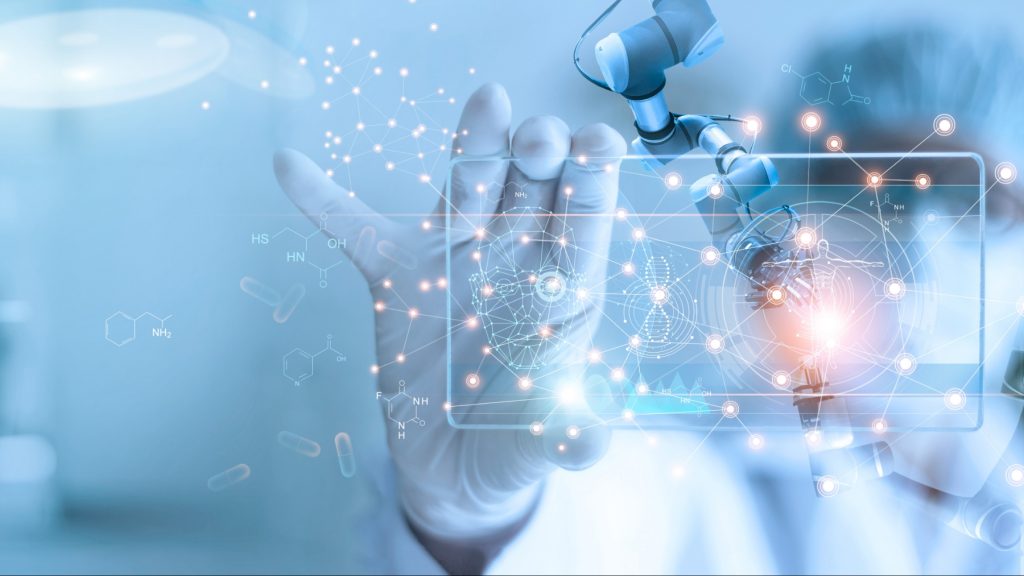
NASA is dispatching the tiny robot surgeon MIRA aboard the International Space Station to conduct experiments on fake human skin in microgravity.
- Developed by Virtual Incision, MIRA weighs about 1 kg and made headlines last year for successful surgeries on Earth.
- It still needs a human operator, but Virtual Incision is working on enhancing its autonomy.
NASA is sending MIRA, a tiny robot surgeon, to experiment in microgravity environments aboard the International Space Station.
While the European Space Agency is devising plans for a new space station and AUKUS is launching their DARC program, NASA is sending a tiny robot surgeon to space. The Miniaturized In-vivo Robotic Assistant (MIRA) will be aboard the Northrop Grumman 20th Commercial Resupply Mission.
It’s not a vacation for MIRA. In fact, the robot doctor is on a mission of its own: experimental surgeries on fake human skin in microgravity environments. The tiny robot is actually a robotic arm that weighs about 1 kg (two pounds) that medical startup Virtual Incision made.
MIRA made headlines last year for successfully conducting its first surgery. It made a single incision on a patient as it assisted in a right hemicolectomy procedure. It helped remove the right side of a patient’s colon.
So, after this tremendous success and thanks to a NASA grant awarded to the startup, the robot surgeon will go aboard the ISS to simulate surgical activities using alternatives to human tissue, such as cutting through stretched rubber bands.
John Murphy, CEO of Virtual Incision said, “Working with NASA aboard the space station will test how MIRA can make surgery accessible in even the most faraway places.”
The tiny robot still needs a human being to operate it. However, Virtual Incision is actively working to enhance the robot’s autonomy, paving the way for more self-sufficient surgical procedures in the future.
Okay, MIRA seems like a wonderful technology, but why is it going into space?
NASA is ambitious; it wants long-duration space missions, like to the Moon or Mars. Something that we are not equipped to properly handle just yet. And the longer the mission, the more crucial advanced medical technology becomes.
Accidents happen, and microgravity lowers the rate of healing. So, its small size and precise actions play into its strength, as it causes less tissue trauma than if a human had to manipulate the wound.
To that effect, they need to know how the machine can operate in a state of near weightlessness before they commit to sending it on a long-duration mission. A test-drive.
Besides, we earthlings are also getting a piece of the cake. If they manage to operate it from Earth, we could then use it for remote surgeries in rural areas where expert assistance is difficult to find.
The mission launched successfully earlier today. It will be delivering critical supplies to the astronauts so they may continue their diligent work. We look forward to seeing what comes next.
Inside Telecom provides you with an extensive list of content covering all aspects of the tech industry. Keep an eye on our Tech sections to stay informed and up-to-date with our daily articles.